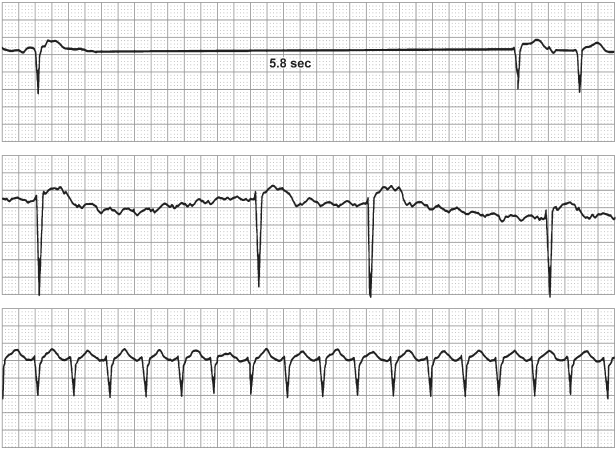

Typical (most common type): Abnormal electrical signals go in a counterclockwise circle in your right atrium.This causes your heart to pump less blood to your body than normal. Also, there isn’t enough time for your atria (upper chambers) to empty all their blood into your ventricles in the lower part of your heart. Your heart’s chambers can’t fill with blood fast enough because the contractions are too frequent. This causes your lower chambers to beat fast as a response, commonly as fast as 150 beats a minute or more.Ītrial flutter is like an assembly line with the speed set too fast at the line’s first station. Atrial flutter can make your heart’s upper chambers beat 250 to 350 times a minute. With atrial flutter, your heart beats in a fast but consistent pattern.Ī normal heart rate is 60 to 100 beats a minute when you’re at rest. This means it’s an abnormal heart rhythm that starts in the upper chambers of your heart. Many people have spells of atrial fibrillation and don’t even know it - so you may need lifelong anticoagulation even after your rhythm has been restored to normal.Atrial flutter is a type of supraventricular arrhythmia. Your doctor may prescribe blood-thinning medications (anticoagulants) such as warfarin and newer anticoagulants. The risk is even higher if other heart disease is present along with atrial fibrillation. Many people with atrial fibrillation or those who are undergoing certain treatments for atrial fibrillation are at especially high risk of blood clots that can lead to a stroke. You may be prescribed medications to control how fast your heart beats and restore it to a normal rate, like digoxin, beta blockers, and calcium channel blockers. Even with medications, there is a chance of another episode of atrial fibrillation.

These medications may be needed indefinitely. Rarely, they may cause ventricular arrhythmias - life-threatening rhythm disturbances originating in the heart’s lower chambers. Although these drugs may help maintain a normal heart rhythm, they can cause side effects, including nausea, dizziness, and fatigue. Medications may include dofetilide, flecainide, propafenone, amiodarone, and sotalol. After electrical cardioversion, your doctor may prescribe anti-arrhythmic medications to help prevent future episodes of atrial fibrillation. If your episode of atrial fibrillation lasted more than 48 hours, you may need to take this type of medication for at least a month after the procedure to prevent blood clots in the heart. Before cardioversion, you may be given warfarin or another blood-thinning medication for several weeks to reduce the risk of blood clots and strokes. Cardioversion can be done in two ways: electrical cardioversion and cardioversion with drugs. To correct your condition, doctors may be able to reset your heart to its regular rhythm (sinus rhythm) using a procedure called cardioversion, depending on the underlying cause of atrial fibrillation and how long you’ve had it. Ideally, to treat atrial fibrillation, the heart rate and rhythm are reset to normal. Generally, the treatment goals for atrial fibrillation are to reset the rhythm or control the rate and prevent blood clots. The atrial fibrillation treatment that is most appropriate for you will depend on how long you’ve had atrial fibrillation, how bothersome your symptoms are and the underlying cause of your atrial fibrillation.


 0 kommentar(er)
0 kommentar(er)
